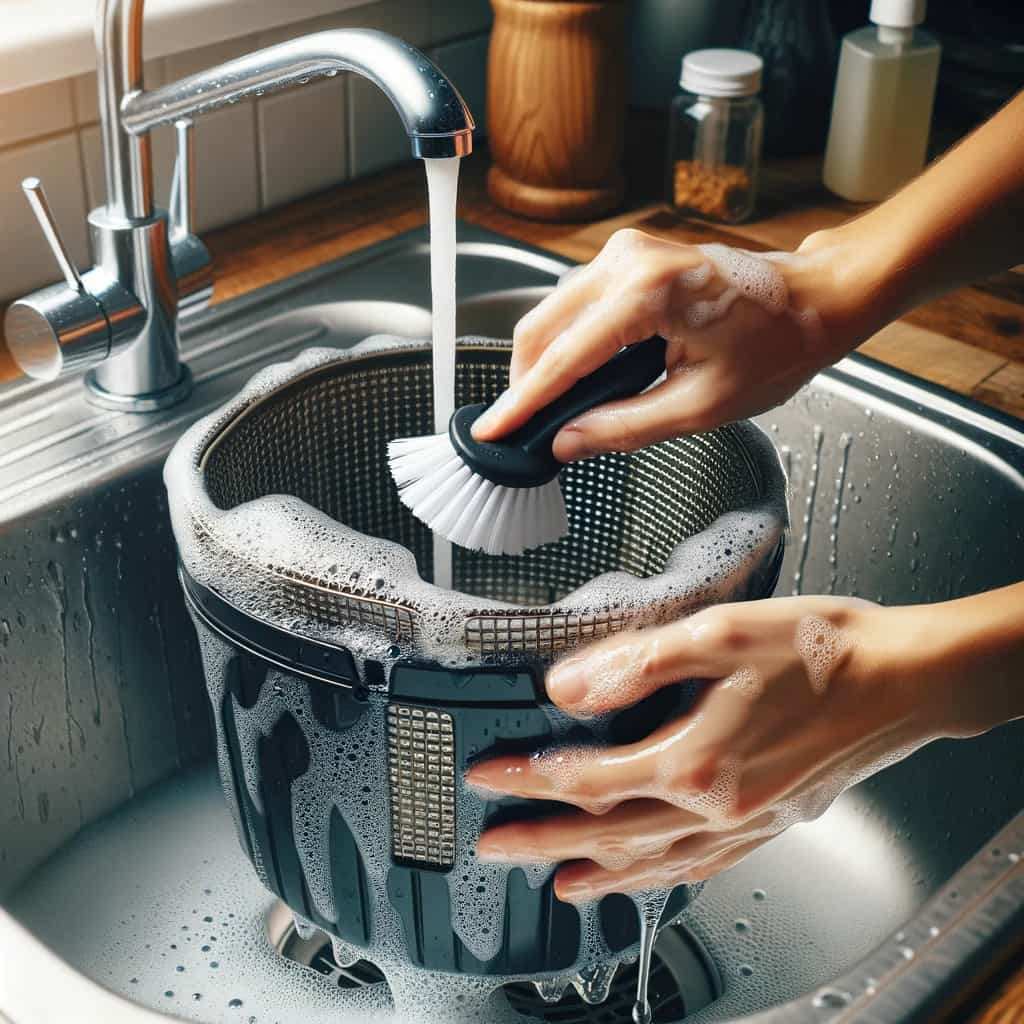While the air fryer has gained a reputation for promoting healthy eating, a question lingers in many people’s minds: Are air fryers harmful to health? What health risks do they pose? In this article, we will explore the potential health risks associated with using an air fryer, providing a comprehensive look at this popular kitchen gadget.

Ⅰ. Overview and Benefits of Air Fryers
Air fryers have become a staple in modern kitchens, celebrated for their ability to cook food with significantly less oil than traditional frying methods. This makes them an attractive option for those looking to reduce their fat intake while still enjoying crispy, delicious meals. The convenience of quick cooking times and the ability to prepare a wide variety of dishes—from fries and chicken wings to vegetables and desserts—has further cemented their popularity.
However, despite these advantages, it’s important to understand the potential health risks associated with air fryers. This article aims to shed light on these risks and provide tips on how to mitigate them.
Ⅱ.Potential Health Risks of Using an Air Fryer
1.Acrylamide Formation:
One of the primary concerns with using an air fryer is the formation of acrylamide. This chemical can form in starchy foods, such as potatoes, when cooked at high temperatures. Acrylamide is considered a potential carcinogen, meaning it could increase the risk of cancer if consumed in large amounts over time. While air frying may use less oil, the high temperatures can still cause acrylamide to form, particularly in foods like French fries and potato chips.
2.Advanced Glycation End Products (AGEs):
AGEs are compounds that can form when food is cooked at high temperatures. They are associated with increased inflammation and oxidative stress in the body, which can contribute to the development of chronic diseases such as diabetes and heart disease. Foods cooked in an air fryer can have higher levels of AGEs compared to those cooked at lower temperatures or with methods like boiling or steaming.
3.Polycyclic Aromatic Hydrocarbons (PAHs) and Heterocyclic Amines (HCAs):
These potentially harmful chemicals can form when cooking meat at high temperatures. PAHs and HCAs are linked to cancer and can be produced during the air frying process. Although the levels of these chemicals are generally lower in air-fried foods compared to traditionally fried foods, they are still a concern, especially when cooking meats at very high temperatures.
4.Nutrient Loss:
High-heat cooking methods, including air frying, can lead to the loss of certain nutrients in food. Vitamins such as vitamin C and some B vitamins are particularly susceptible to degradation at high temperatures. Additionally, antioxidants, which help protect the body against oxidative stress, can be diminished. This reduction in nutritional value means that while air-fried foods might be lower in fat, they might also be lower in essential nutrients.
5.Potential for Burns and Injuries:
Like any kitchen appliance that operates at high temperatures, air fryers carry a risk of burns or other injuries. It’s crucial to handle the appliance carefully, following the manufacturer’s instructions and using protective gear if necessary to avoid accidents.
Ⅲ. How to Mitigate These Risks and Use an Air Fryer Safely
1.Practical Tips for Safer Use:
To reduce the formation of acrylamide and other harmful compounds, try to cook foods at the recommended temperatures and avoid overcooking them. Cutting foods into uniform pieces can help ensure even cooking and reduce the need for excessively high temperatures.
2.Diverse Cooking Methods:
Don’t rely solely on your air fryer for all meals. Incorporate a variety of cooking methods into your diet, such as steaming, boiling, and baking. This approach helps maintain a balanced diet and reduces the potential risks associated with high-temperature cooking.
3.Regular Cleaning:

Keeping your air fryer clean is essential. Residual food particles and grease can contribute to the formation of harmful substances during cooking. Regularly clean the air fryer’s basket and components according to the manufacturer’s instructions to prevent buildup.
4.Balanced Diet:
While air-fried foods can be part of a healthy diet, they should not be the sole focus. Ensure that you are eating a balanced diet that includes plenty of fruits, vegetables, whole grains, and lean proteins. This variety will help provide the necessary nutrients your body needs to stay healthy.
Ⅳ.Conclusion
In summary, while air fryers offer numerous benefits, including reduced oil consumption and convenience, it’s essential to be aware of the potential health risks. By understanding these risks and taking steps to mitigate them, such as cooking at appropriate temperatures, incorporating diverse cooking methods, and maintaining a balanced diet, you can enjoy the advantages of your air fryer while minimizing potential downsides. Share your tips and experiences with air fryers to help others make informed decisions and use these appliances safely.